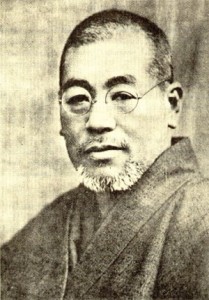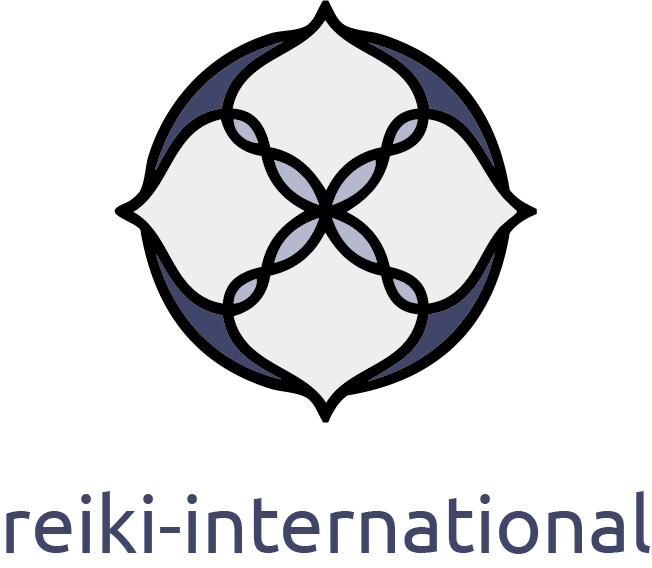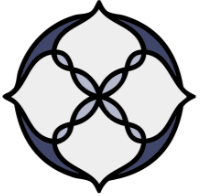
Reiki is a form of healing that was initiated by Mikao Usui in Japan in the 19th century. According to tradition, this is a rediscovery of ancient knowledge.
Over the years his practice showed Mikao Usui that Reiki was a unique energy method, with characteristics quite different from conventional ones. He named it therefore Rei (= universe / essence) Ki (= energy). Of crucial importance to him was to give people Reiki as a tool in their hands.
With the initiation method he used, reiki is activated in the hands allowing treatment of oneself or of a fellow human beings. Over the last 100 years, the knowledge of initiation and the handling of it has developed and has been refined.
The spread of Reiki to the West began in 1960. Based on the results and experiences, Reiki is increasingly being acknowledged by society, conventional medicine and science. It is estimated that nearly 1% of the Western world is attuned to Reiki. Professional organisations for Reiki Masters arose and through time Reiki was systematized into 3 degrees.
To do justice to the latest findings from the natural and human sciences, Reiki is distinguished from reiki. The spelling Reiki refers to the handling of the “energy” and the understanding of it. So today there is a great diversity of Reiki styles and Reiki teachings. They all draw from the same energetic origin called reiki.
- Reiki 1 (treatment of oneself and others)
- Reiki 2 (absentee treatment and its various applications)
- 3. Degree
- Reiki Initiator (3A) seminar for personal growth)
- training to Reiki Teacher and Reiki Principal (Master/Teacher)

